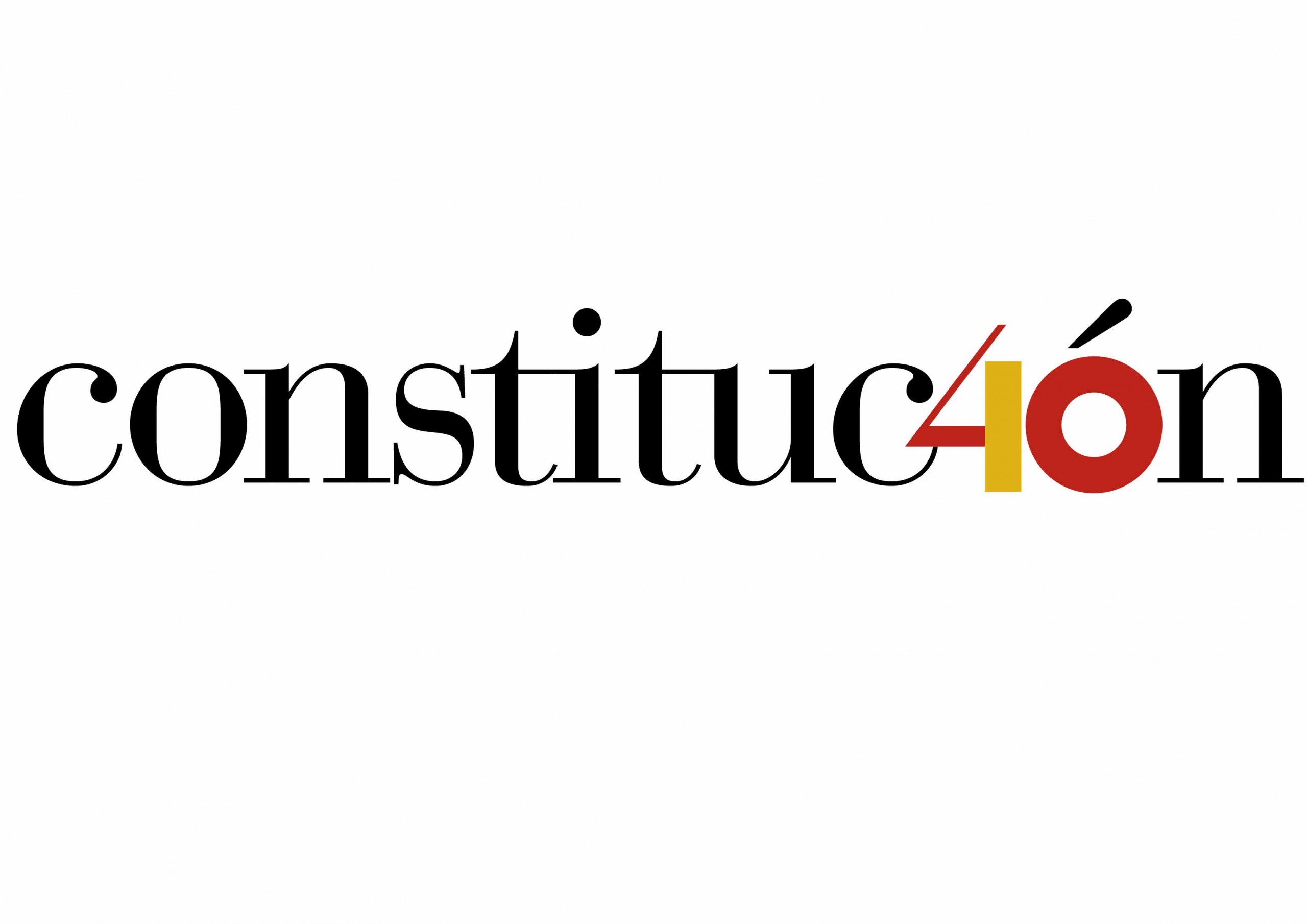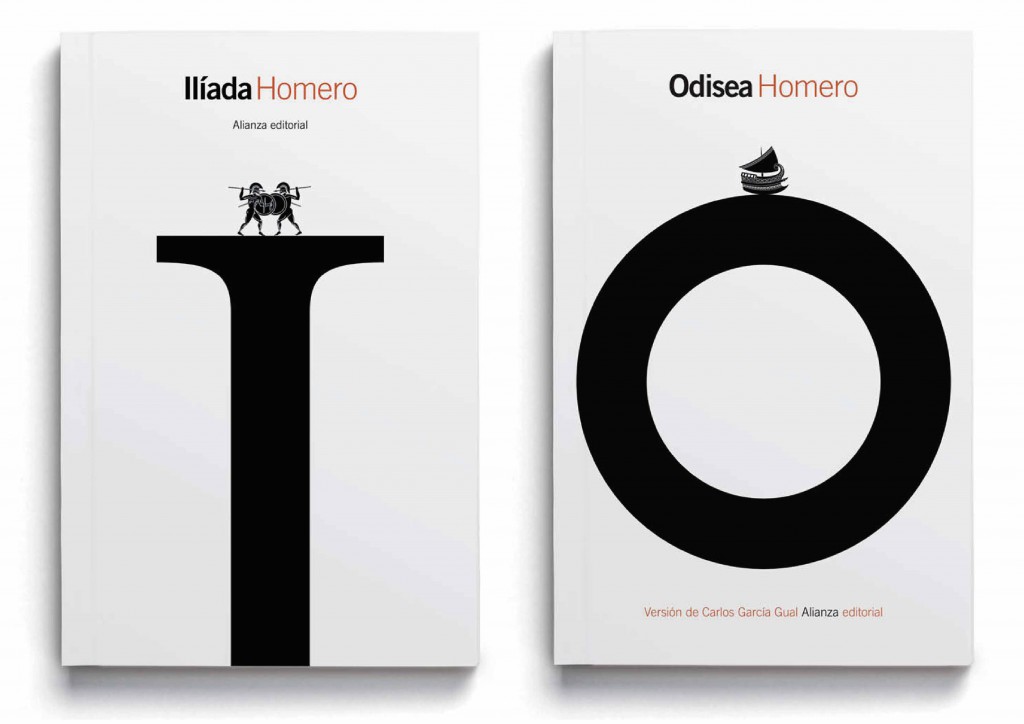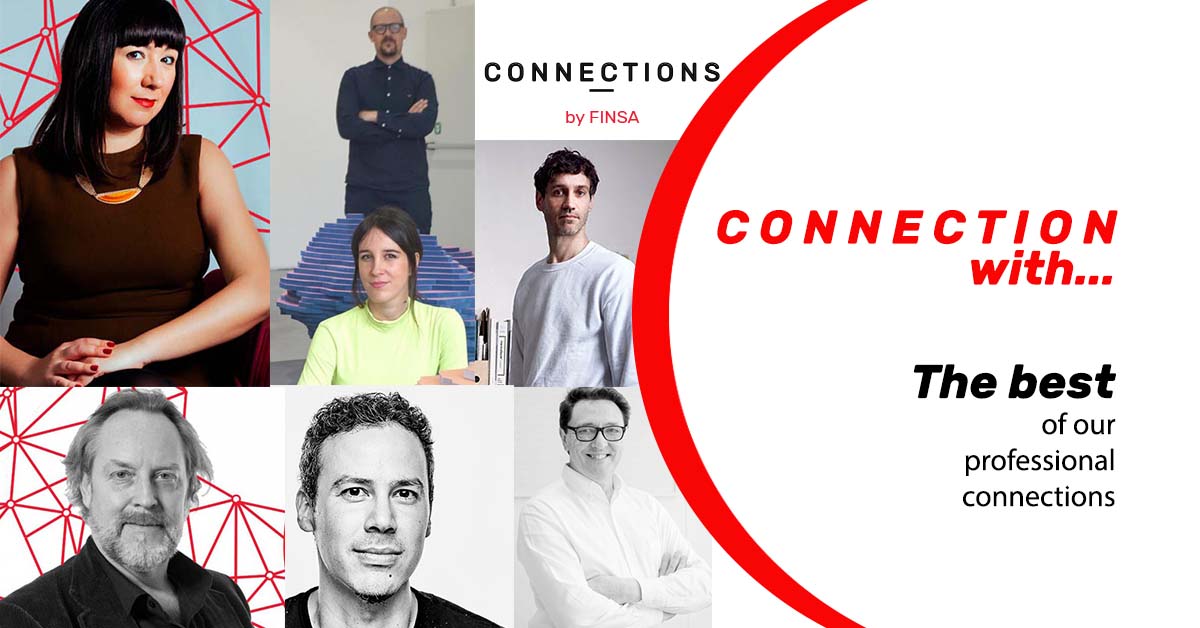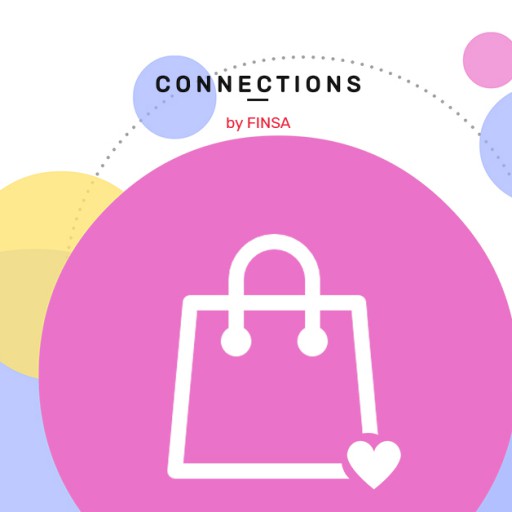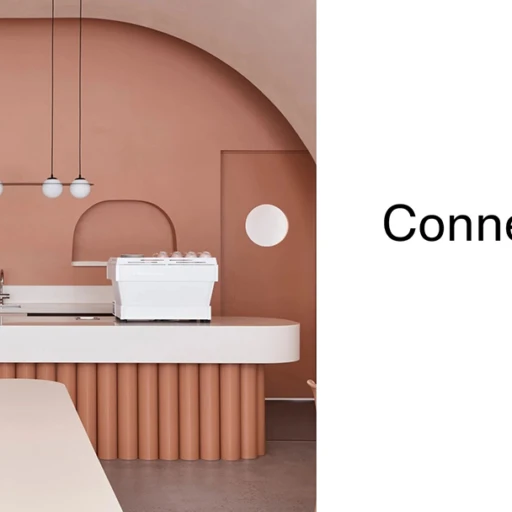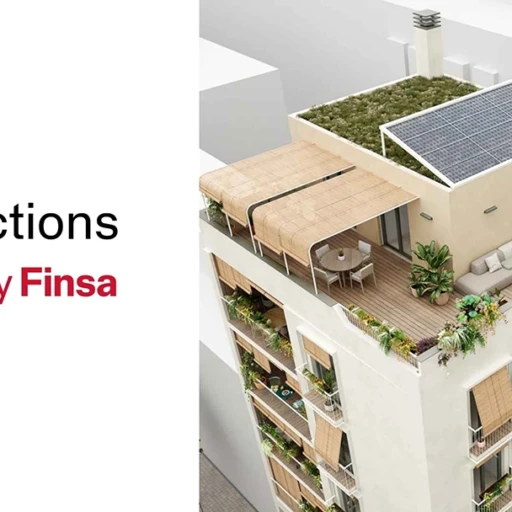What will the cities of the future be like? How does colour influence climate change? What is the key to having a successful brand? These are some of the questions that the Connections by Finsat team have asked around thirty experts. Today we are remembering the responses of some of our CONNECTION WITH…interviewees.
Colours can change our life
“Sometimes the smallest change in tone can be the difference between a design succeeding or failing”. With this statement, Karl Kohan Bertilsson summed upthe importance of colour in his interview with Connections by Finsa. It’s not just an aesthetic element. There is an entire philosophy behind it that can influence our life, our mood, or the quality of the environment. That’s the power of colour.
But how can we choose the right colour palette, tones, and shades that will turn a blank canvas into a successful project? There is a whole lot of research behind the answer to this question, which is carried out by colour experts like Bertilsson and Carolina Calzada. Both professionals help businesses and architects come up with successful colour strategies.
https://www.instagram.com/p/CC8RcdKnstW/
The creative director of NCS Colour heads up the team that defines the trends that will be seen in the next few years. They analyse our preferences, but they also analyse external influences behind certain colours, tones, and shades. These include ‘drivers’ like “urbanisation, climate change, the new feminism, digitalisation”. With this in mind, Karl Johan Bertilsson told us that we are entering a period of contrasts, during which colours “will be neutrals and pale combined with dark, yet warm shades” and in which pastels will also feature.
https://www.instagram.com/p/B3HWM5shKu4/
Carolina Calzada agrees with the prediction of warmth but also mentioned another determining factor that has made its way into our lives: COVID-19. It will undoubtedly change trends and the way that we see things. It will be necessary to invest in wellbeing, and this is where the psychology of colour will play an important role. “Social distancing might mean that people want warmer homes, with spaces that make us feel better. In interior decorating, colour is used in a functional way and focuses on how it can benefit the user of the space and help that space fulfil its function.”
Using different palettes and shades to improve quality of life in urban areas, reducing global warming, reducing anxiety and contributing to wellbeing and social integration – all of this can be achieved with the right colour because “[whether it’s] office design, homes or public spaces, everyone can benefit from the improved use of colour.”
https://www.instagram.com/p/B9uuCazhyFT/
The homes of the future
Two of our other interviewees, Rocío Pina and Carmelo Rodríguez from ENORME Studio, are also focused on what the cities of the future will be like. Champions of “collaborative architecture”, they see the city of the future as one “belonging to the inhabitants” in which we will all be conscious of the fact that “the streets [we] walk on are not something separate from [us]”. They apply this philosophy to all their projects, convinced of the fact that “there has been a radical change to the way we understand our homes and it’s the right time to implement this change”.
At ENORME Studio, they take on the problems of lack of space and high population density in urban areas that current homes do not solve. Their idea is the Living Big project consisting of mobile systems which they showed us at Connections by Finsa. It’s a single solution for both a lack of space and the need to have homes that can easily transform over the course of a day. “Each room must have the capacity to allow for multiple living situations.”
Design: functionality and emotion
That same need for change is one of the characteristics of Ben Castro’s work. He also started out as an architect, but that curiosity that he says a good designer must have has led him to many different types of projects. From product designer to his current position as Senior Designer Flagships at Nike, his entire professional journey has encouraged his need to experiment.
It’s a need that began with his origins in Basurama, a creative space in which he experimented with materials and ephemeral spaces that he created with a group of friends. “Since we didn’t have a lot of resources, the idea of using waste came up and we discovered that not only was it not a limitation but that rubbish opened up a world of infinite possibilities when it came to materials and shapes,” he explains.
Perhaps that time in his life influenced his interest in temporary structures, which led him to work with big brands, designing their stores, including retail spaces for Zara, during which he experienced the explosion of online shopping. “There is still a lot of potential to be discovered and introduced in the design of commercial spaces. Brands need to have a more adventurous focus.”
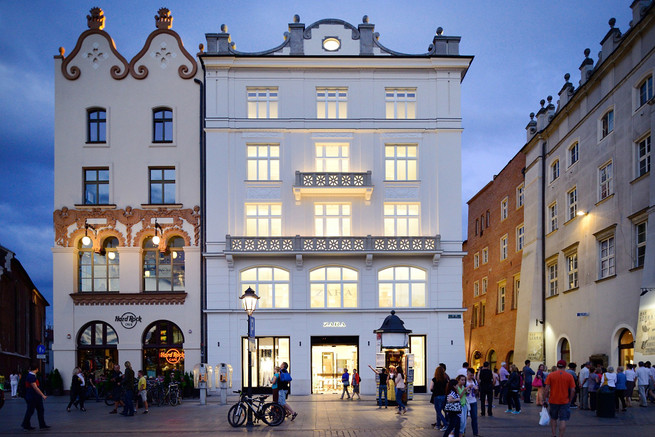
For Ben Castro “good design…has to be able to convey emotion and not leave you indifferent, [it has] to have an impact and shake things up a bit”. For Tomás Alonso, one of our other interviewees, “a good design is one that understands what the thing you’re designing is for, who it’s for, why, how….You put it all together and you find a solution that is balanced and provides an answer for that context”.
Alonso is one of the most internationally known Spanish designers right now and he has worked with big brands like Camper, Ikea, and Swarovski. He enjoys managing each project, whether it’s designing spaces or products, because for Alonso “this immersion in the context of who you’re working with is crucial, because the more you understand that, the better the solutions that you can propose are”.

Curious by nature, Tomás Alonso believes that this is one of the qualities that a good designer must have, in addition to a tangential way of looking at the world. It’s also important to try and find different solutions because “in the end, the majority of studios that work well are those that go beyond what has been done before”.
The importance of the brand
This is a statement that defines the winner of the 2017 National Prize for Design, Manuel Estrada. He is one of the most promising graphic designers both in Spain and internationally and he has also been one of our CONNECTION WITH…interviewees.
He received the aforementioned honour for his commitment to making design a tool for business, social, and cultural progress, which is one of his maxims. For Estrada, design is not just “the cherry on top”. It goes beyond the aesthetic and is an element of the business. “Design is a tool that can make our businesses more competitive by setting them apart from each other”, as it can be a strategic element that can enhance the transformation of a business.
So what is the key to achieving this? Manuel Estrada has the answer: “The cultural component, which we can understand as the way in which we organise collective knowledge, knowing how to situate a company in a certain era and how to make its activities get noticed”.
